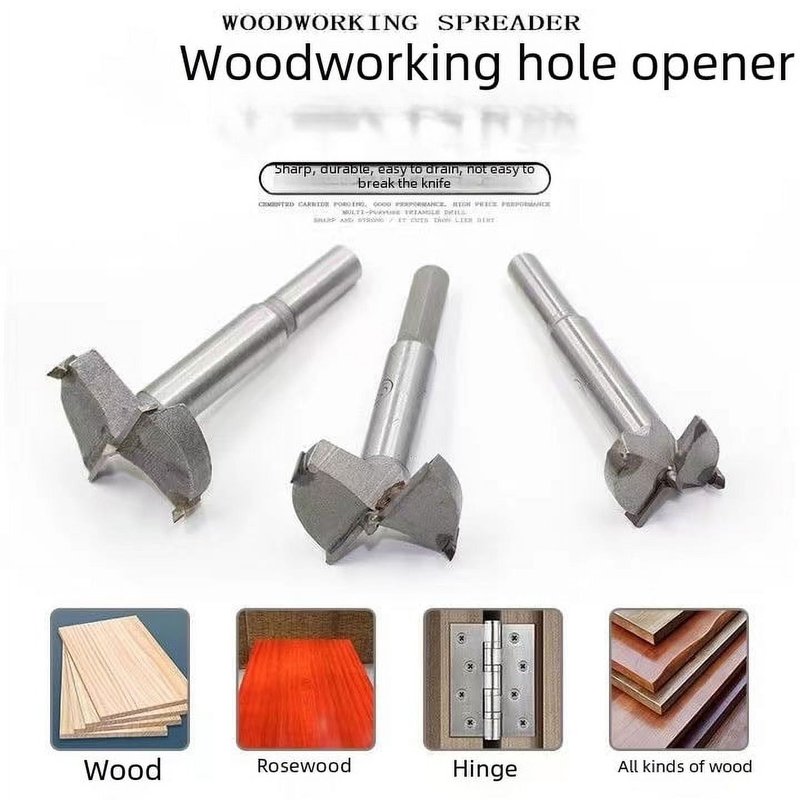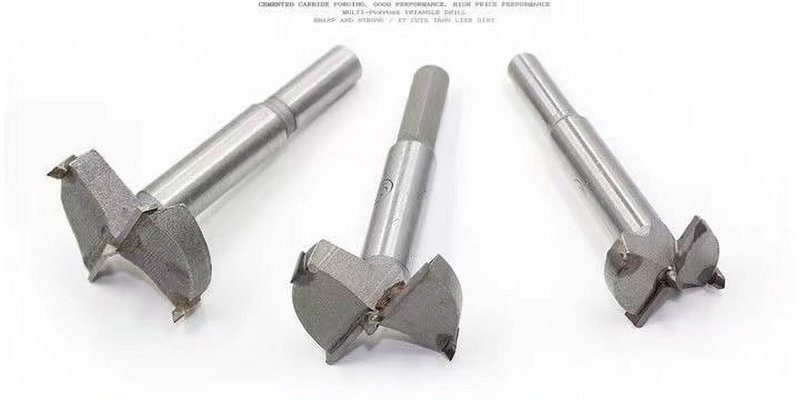
Reaming out these holes is like giving your door a much-needed tune-up. It helps restore the structure so that your screws can grip properly again. Whether you’re a DIY enthusiast or just someone trying to fix that annoying door, understanding the right tools can make all the difference. In this article, we’ll explore some of the best tools available for reaming out over-sized hinge screw holes, considering their ease of use and effectiveness.
What Does Reaming Mean in This Context?
Reaming involves enlarging an existing hole to create a more precise fit. Imagine you’re trying to fit a round peg into a square hole—obviously, it won’t work. For hinge screws, if the hole has become too large, reaming it back to a more appropriate size is essential. This not only helps the screw fit better but also improves the stability of the hinge.
You might be wondering, “Do I really need to ream out the hole, or can I just use bigger screws?” While it might seem tempting to opt for larger screws, they can often lead to more issues down the line. By reaming the hole, you ensure a secure fit and maintain the integrity of the door frame.
Types of Tools for Reaming Out Holes
There are several types of tools you can use to ream out oversized hinge screw holes. Each has its own unique purpose and advantages. Here are some effective options:
- Hand Reamers: These simple, handheld tools can be great for small jobs and allow for precise control. They resemble a metal file and are best for wood applications.
- Power Drill with a Reaming Bit: If you’re tackling multiple holes, a power drill can speed things up. Reaming bits are specifically designed for enlarging holes efficiently.
- Spade Bits: Useful for larger holes, spade bits can also help remove debris and prepare the hole for a fresh insert.
Choosing the right tool will depend on the size of the hole and the material involved. If you’re working on a softwood door, a hand reamer may suffice, but for hardwood, a power drill might be more effective.
Why Choose Hand Reamers?
Hand reamers are a favorite among many DIY enthusiasts for a few reasons. First, they offer unmatched control. When you’re working on a delicate door, you want to avoid overdoing it. With a hand reamer, you can feel the pressure and adjust as needed, making it safer for your project.
Additionally, many hand reamers come with multiple sizes, making them versatile for various tasks. They’re also generally more affordable compared to electric tools. How cool is that? Picture starting a simple project and realizing you can tackle multiple tasks without breaking the bank!
Power Drills: The Heavy Hitters
If you’ve got more than a couple of holes to deal with, a power drill with a reaming bit is your best friend. This tool takes the grunt work out of reaming, allowing you to breeze through your project. Here’s the thing: speed doesn’t mean sacrificing quality.
Using the right reaming bit ensures that you won’t damage the surrounding materials. Make sure you have a drill with adjustable speed settings; starting slow gives you precise control, which is crucial for your projects.
When using a power drill, don’t forget to wear safety goggles. Those tiny wood shavings can fly everywhere, and you definitely don’t want them in your eyes!
Spade Bits: A Versatile Option
Spade bits can also come in handy for reaming out oversized hinge screw holes, especially if you’re dealing with bigger screws or holes. They’re designed to cut larger openings efficiently, making them ideal for tough materials.
When using a spade bit, it’s essential to apply steady pressure and keep the drill level. Too much force can create larger holes than necessary, leading to further complications. Just like baking a cake, a careful balance is key!
Spade bits are particularly useful if you find you need to remove any debris from the hole for a cleaner finish. It’s like decluttering a messy room—once you’ve cleared out the junk, everything just works better.
How to Use Each Tool Effectively
Using these tools effectively requires some basic steps. Here’s a quick breakdown of how to get the best results with each:
Using Hand Reamers
1. Prepare the Area: Clear out any debris around the hole.
2. Choose the Right Size: Select a reamer that closely matches the diameter you want.
3. Ream Gently: Insert the reamer in the hole and turn it clockwise. Apply even pressure and pull it out to check your progress.
Using Power Drills with Reaming Bits
1. Select Your Bit: Choose the appropriate reaming bit for the task.
2. Clamp Down: Secure the door or material you’re working on.
3. Start Slowly: Begin at a low speed to avoid over-drilling. Gradually increase as needed.
Using Spade Bits
1. Mark Your Spot: Identify where you need to work by marking the area.
2. Align the Bit: Make sure the spade bit is straight and centered.
3. Drill Steadily: Apply consistent pressure while drilling, and check your progress frequently.
Each tool has its nuances, but with a little practice, you’ll feel confident using them in no time.
Finding the best tool for reaming out oversized hinge screw holes doesn’t have to be complicated. Whether you opt for hand reamers, power drills with reaming bits, or spade bits, each has its place in a well-stocked toolkit. Think of it like finding the right utensil for your favorite dish—each tool serves a purpose and can lead to a successful outcome.
So, before you tackle that pesky hinge issue, take a moment to assess your tools and choose wisely. The right choice not only makes the job easier but also ensures your doors work smoothly for years to come. Happy fixing!
